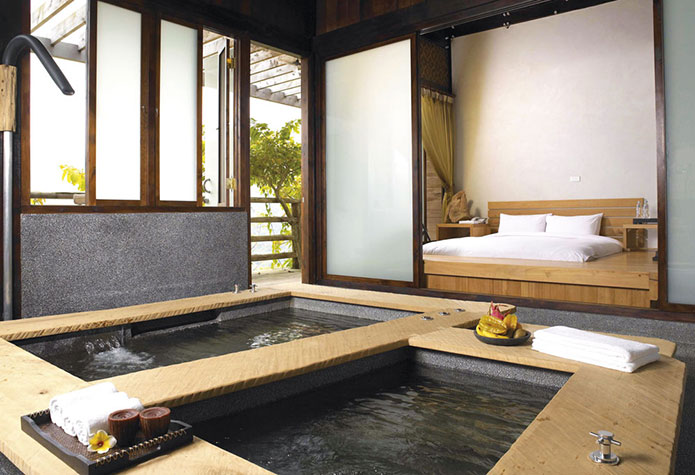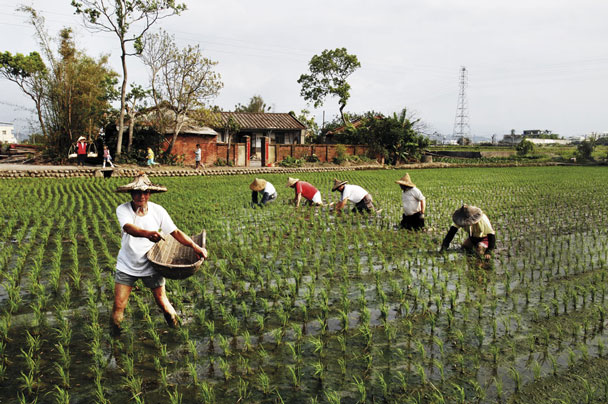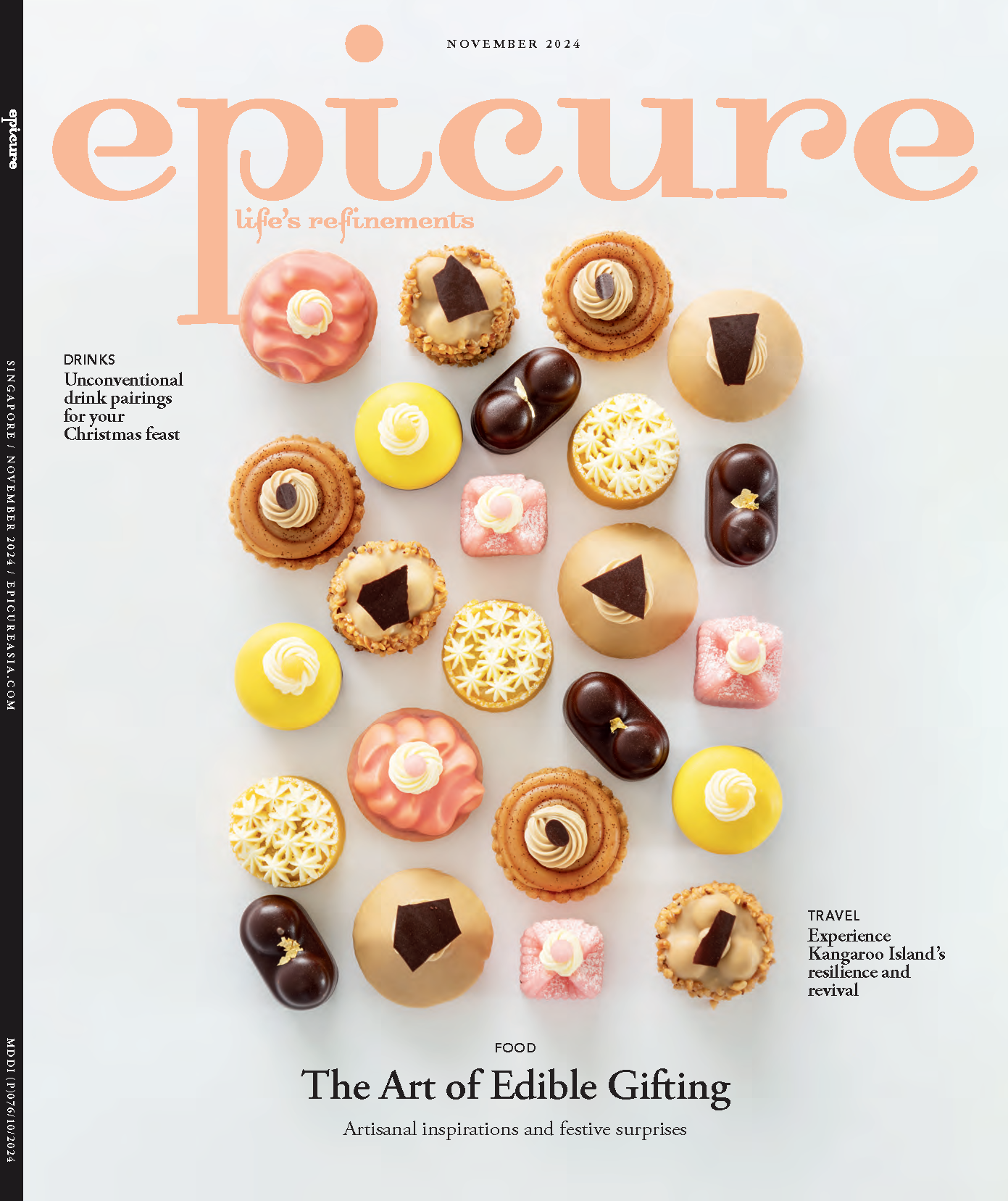Eating and living as mother nature intended
With a diverse arable terrain and a generous sprinkling of hot springs, Taiwan is a great destination for a wellness holiday. Mavis Teo visits Miaoli, Wulai and Taipei and immerses herself in the nourishing culture of eating seasonal produce straight off the land.

While many of Chinese descent, including the diaspora, have heard of the Tong Shu, an ancient almanac that advises the auspicious days for carrying out certain activities based on the lunar cycle, few have heard of the Farmer’s Almanac: Nong Min Li. Invented more than 2,000 years ago, the Farmer’s Almanac is still used by farmers in North Asia. It splits the lunar calendar into 24 seasonal periods known as Jie Qi that prescribes when certain crops should be planted and harvested to reap the best flavours and nutritional benefits. From this, the ancient Chinese developed a system for eating according to what their bodies need for different seasons.

The tenets of eating seasonal yin (cooling) and yang (heat-inducing) produce is something even the younger generations in Taiwan are familiar with, though they may not actually consult the almanac. Almost every chef I spoke to in Taiwan, incorporates Jie Qi in their cuisine. This is because Jie Qi is part of their cultural DNA. The earlier Chinese settlers in Taiwan were mostly from the Fujian province in China (though the aborigines were in Taiwan long before them). A second wave of immigrants from various provinces in China arrived in the late 1940s as defeated Kuomintang soldiers led by Chiang Kai Shek after losing a civil war to the Chinese Communist party. Different dialect groups settled in different areas—for example, the Hakkas in Miaoli, western Taiwan—all making up the gastronomic kaleidoscope that Taiwan is famous for. Before this influx, the Japanese had occupied the island from 1895 to 1945, influencing the cuisine and lifestyle to a large extent.
Excerpt from the January 2014 issue of epicure.
SHARE

















 SUBSCRIBE
SUBSCRIBE